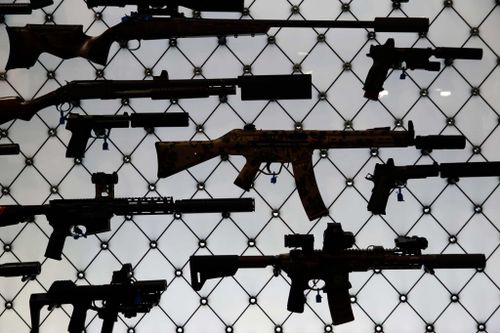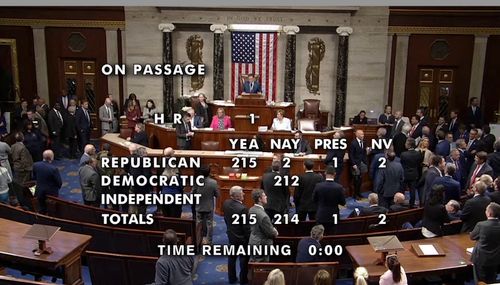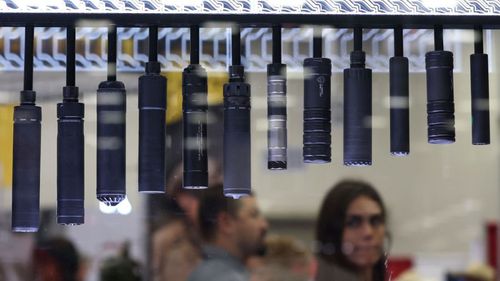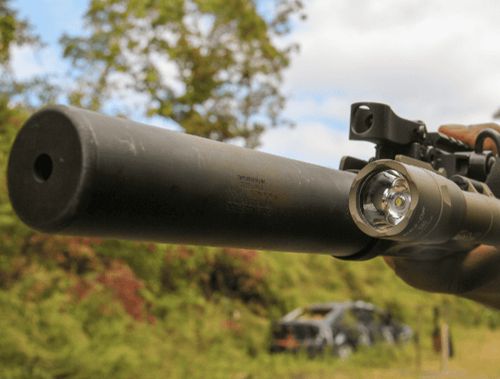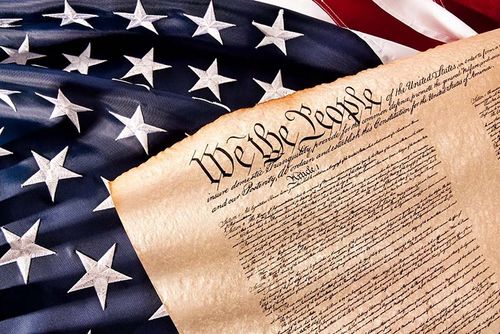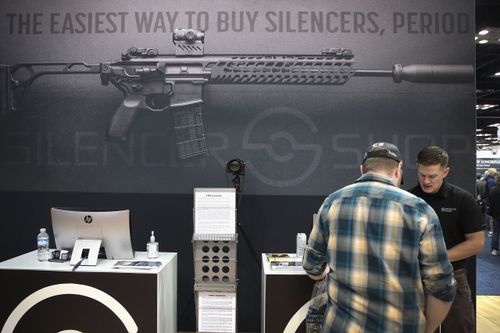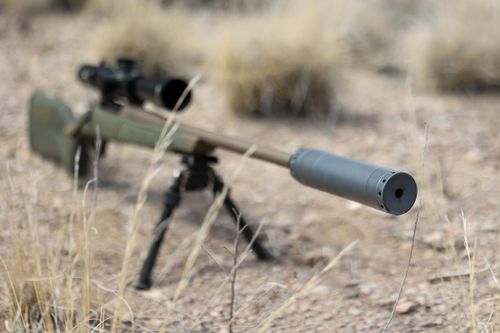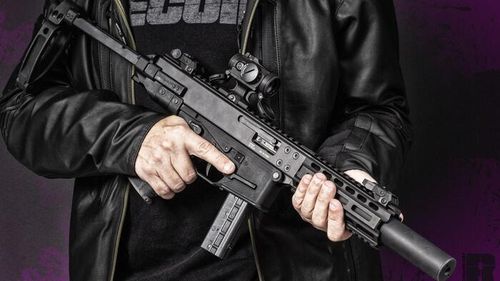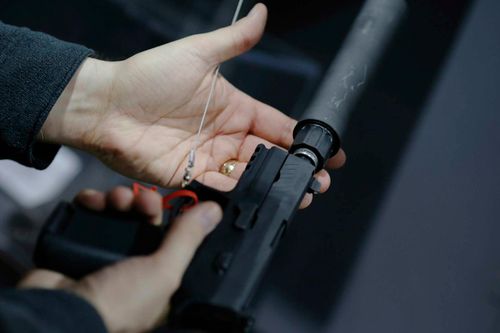Gun groups cheer suppressor victory, eye larger wins - Washington Examiner
For weeks, there has been an effort led by Second Amendment groups, including Gun Owners of America, to win approval of eliminating suppressor regulation.
RIGHT
2d ago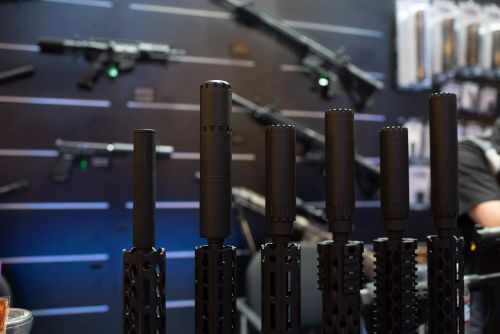
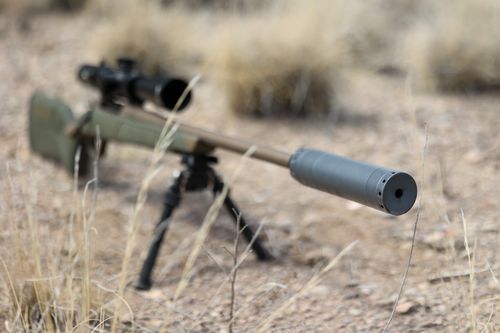
Early Thursday the House of Representatives passed a massive budget package, known as the One Big Beautiful Bill, which included wide-ranging implications for everything from healthcare to natural resource development. One key issue for the hunting and shooting community is the potential for streamlining suppressor transfers and eliminating the $200 transfer tax. The provisions were included in a 42-page amendment to the 1,118-page bill passed by the House today. If the Senate passes the bill without changing any of these provisions, then suppressors could be purchased without the onerous ATF application that requires fingerprints, a waiting period, and the $200 tax stamp. This fee has remained in place since the National Firearms Act of 1934, which was intended to make suppressor ownership prohibitively expensive. There is a chance that this suppressor deregulation, also known as Section 2 of the Hearing Protection Act, does not pass the Senate. If that’s the case, a back-up clause could still slash the long-standing $200 tax stamp to $5. The outcome ultimately depends on whether the Senate changes the language or its thrown out of the bill on a technicality — a bureaucratic process known as the Byrd Rule.
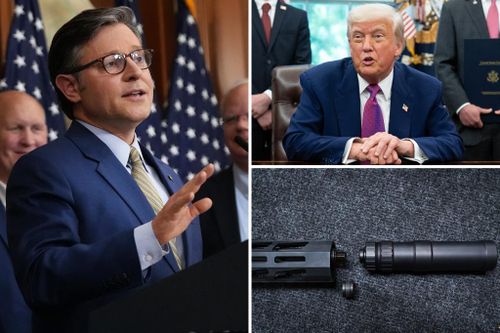
Firearm silencers could soon get deregulated if the One Big Beautiful Bill Act, which cleared the House earlier Thursday, prevails in the Senate. Buried deep in the megabill is a provision that would scrap a $200 federal excise tax on silencers and remove them from registration requirements under the National Firearms Act in a significant win for gun rights and hearing protection advocates. “This is a massive 2A victory — one that takes important steps toward restoring our constitutional freedoms,” Rep. Andrew Clyde (R-Ga.), a gun store owner, who aggressively lobbied for the measure, said. Contrary to what the name implies and many movies suggest, silencers don’t actually make gunshots go silent, proponents argue. Instead, they are used to direct gases from the gun’s barrel through a series of chambers to reduce the sound of the loud bang. On average, they can muffle the sound of a gunshot 20–35 decibels. Gunshots generally have an average of 150-170 decibels. For comparison, mowing the lawn usually averages between 85 to 96 decibels. Virtually all experts recommend wearing hearing protection while firing guns, even with silencers on them. “There is a common misconception that suppressors can actually eliminate the noise of a gunshot, and that could not be further from the truth,” Knox Williams, the president and executive director of the American Suppressor Association (ASA), told The Post. “In reality, suppressors do reduce the noise of a gunshot to safer levels, but they are still incredibly loud,” he added.

